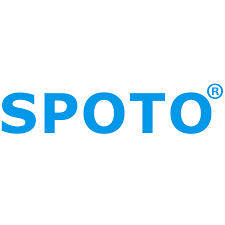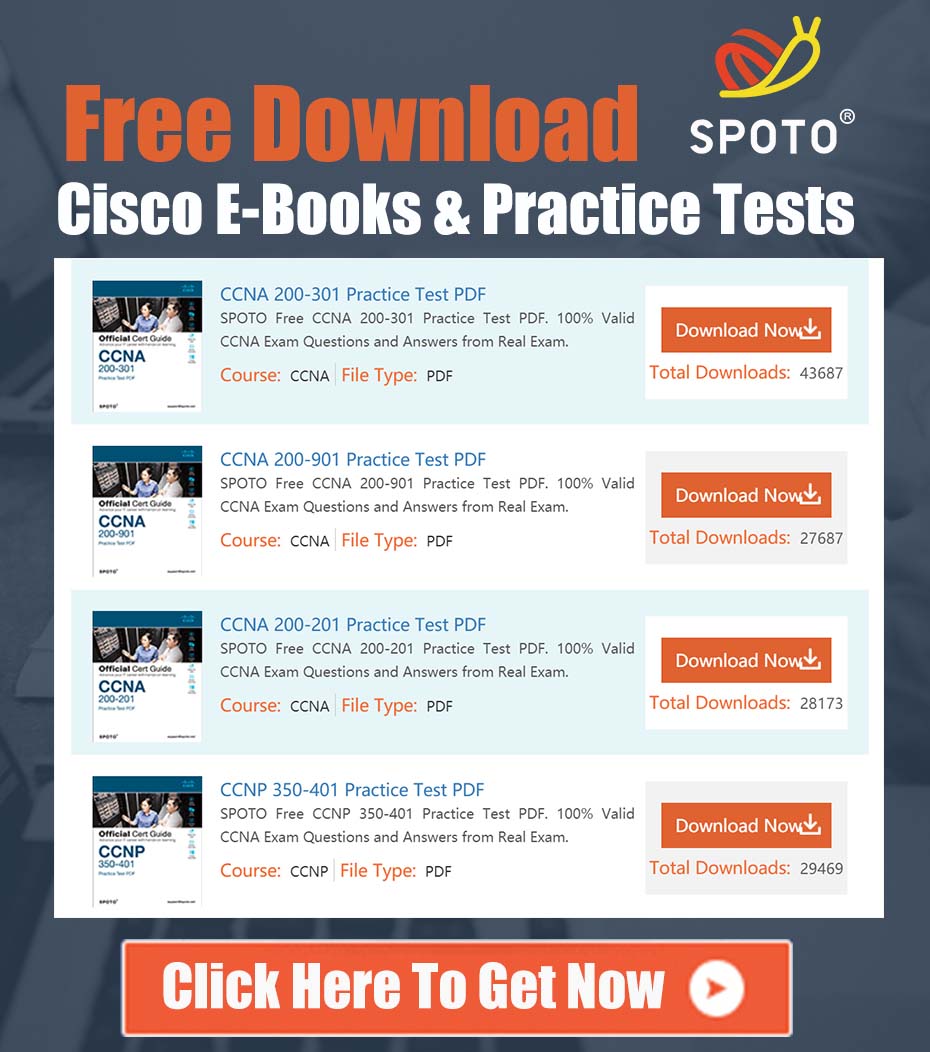
SPOTO Cisco Expert
- SPOTO Cisco Expert
Settle a problem:53
1.0 Executive Summary
This document provides a technical analysis of the behavior change related to the masking of RADIUS shared secrets within the Cisco Identity Services Engine (ISE) graphical user interface (GUI). This change, tracked under enhancement ID CSCwn09816, was intentionally introduced in ISE version 3.1 and subsequent releases as a security hardening measure. The primary impact is the inability for administrators to view previously configured shared secrets for Network Access Devices (NADs). This document will detail the problem, analyze the rationale behind the change, and provide comprehensive operational procedures to manage NAD shared secrets effectively under this new security posture.
2.0 Problem Description
Upon upgrading to Cisco ISE version 3.1 or later, administrators have observed that the RADIUS shared secret field for all configured Network Devices (Work Centers > Network Resources > Network Devices) is masked, typically displayed as a series of asterisks or dots. Previously, administrators had the ability to toggle the visibility of this secret, allowing for quick verification, troubleshooting, or copying for documentation purposes.
The core technical problem stemming from this change is the loss of a direct GUI method to retrieve an existing shared secret. This presents operational challenges in the following scenarios:
- Auditing and Verification: Inability to visually confirm that the secret configured in ISE matches the secret on the corresponding NAD.
- Troubleshooting: When RADIUS authentication fails due to a potential secret mismatch, administrators cannot quickly validate the secret from the ISE side.
- Device Migration/Replication: Difficulty in configuring a NAD in a separate system (e.g., a secondary RADIUS server or a lab environment) that requires the same shared secret.
This behavior is by design and is associated with Cisco bug/enhancement ID CSCwn09816.
3.0 Technical Analysis and Evaluation
The change implemented under CSCwn09816 is not a defect but a deliberate security enhancement. Its purpose is to align Cisco ISE with industry best practices for credential management, such as those outlined in PCI-DSS (Payment Card Industry Data Security Standard). Storing secrets in a retrievable, plaintext format within a management interface is considered a significant security risk. By masking the secret permanently after its initial configuration, ISE mitigates the risk of unauthorized secret exposure through shoulder-surfing, screen captures, or compromised administrative accounts with read-only access.
Initial analysis of the ISE platform confirms there is no native GUI, CLI, or API mechanism to unmask or retrieve an existing RADIUS shared secret in its plaintext form. The change is fundamental to the platform’s security architecture moving forward. Therefore, the “solution” is not to revert the behavior but to adapt operational workflows to this more secure paradigm.
4.0 Comprehensive Solution and Recommended Operational Procedures
To address the operational challenges introduced by this enhancement, the following procedures are recommended for all network administration staff managing the Cisco ISE environment.
4.1 Adopt a Centralized Secret Management Policy
The fundamental principle moving forward is to treat RADIUS shared secrets as sensitive credentials that are set once and are not meant to be retrieved from the application.
- Source of Truth: All new RADIUS shared secrets must be generated and immediately stored in an enterprise-approved password vault or Configuration Management Database (CMDB). This external system becomes the definitive source of truth, not the ISE GUI.
- Secret Complexity: Enforce strong secret complexity requirements (e.g., minimum 24 characters, alphanumeric, and special characters) for all new NAD configurations.
4.2 Procedure for Addressing an Unknown Shared Secret
If a shared secret is unknown and a mismatch is suspected, the only authoritative procedure is to reset it. Direct retrieval is not possible.
- Schedule Maintenance: For production NADs, schedule a brief maintenance window to minimize service disruption during the secret update.
- Generate New Secret: Use a password generator or the designated password vault to create a new, strong shared secret. Securely document this new secret.
- Update the NAD: Access the network device (switch, WLC, firewall) and update its RADIUS server configuration with the new shared secret.
- Update Cisco ISE:
- Navigate to
Work Centers > Network Resources > Network Devices. - Select the corresponding NAD and click Edit.
- Enter the new shared secret in the RADIUS Shared Secret field and confirm it.
- Click Save.
- Navigate to
- Validate Connectivity: Perform a RADIUS authentication test from the NAD to the ISE Policy Service Node (PSN) to confirm that the new secret is accepted and authentication is successful. For example, on a Cisco IOS device, use the
test aaa group radius ...command.
4.3 Leveraging Automation for Scalability
For managing secrets at scale, manual updates are inefficient and prone to error. We recommend leveraging automation.
- ISE ERS API: The External RESTful Services (ERS) API in ISE can be used to programmatically update NAD configurations, including the shared secret. While a
GETrequest via the API will not return the existing secret, aPUTrequest can be used to set a new one. - Orchestration Scripts: Develop scripts (e.g., using Python or Ansible) that can simultaneously update the shared secret on both the NAD (via SSH, NETCONF/RESTCONF) and in ISE (via the ERS API). This ensures consistency and reduces the risk of misconfiguration.
5.0 Conclusion
The masking of RADIUS shared secrets under CSCwn09816 is a permanent and beneficial security enhancement for the Cisco ISE platform. While it requires an adjustment to previous workflows, the mitigation of risk far outweighs the operational inconvenience. By adopting disciplined secret management practices—utilizing a centralized password vault as the source of truth and implementing a standardized procedure for resetting unknown secrets—organizations can maintain a robust and secure network access control environment.
